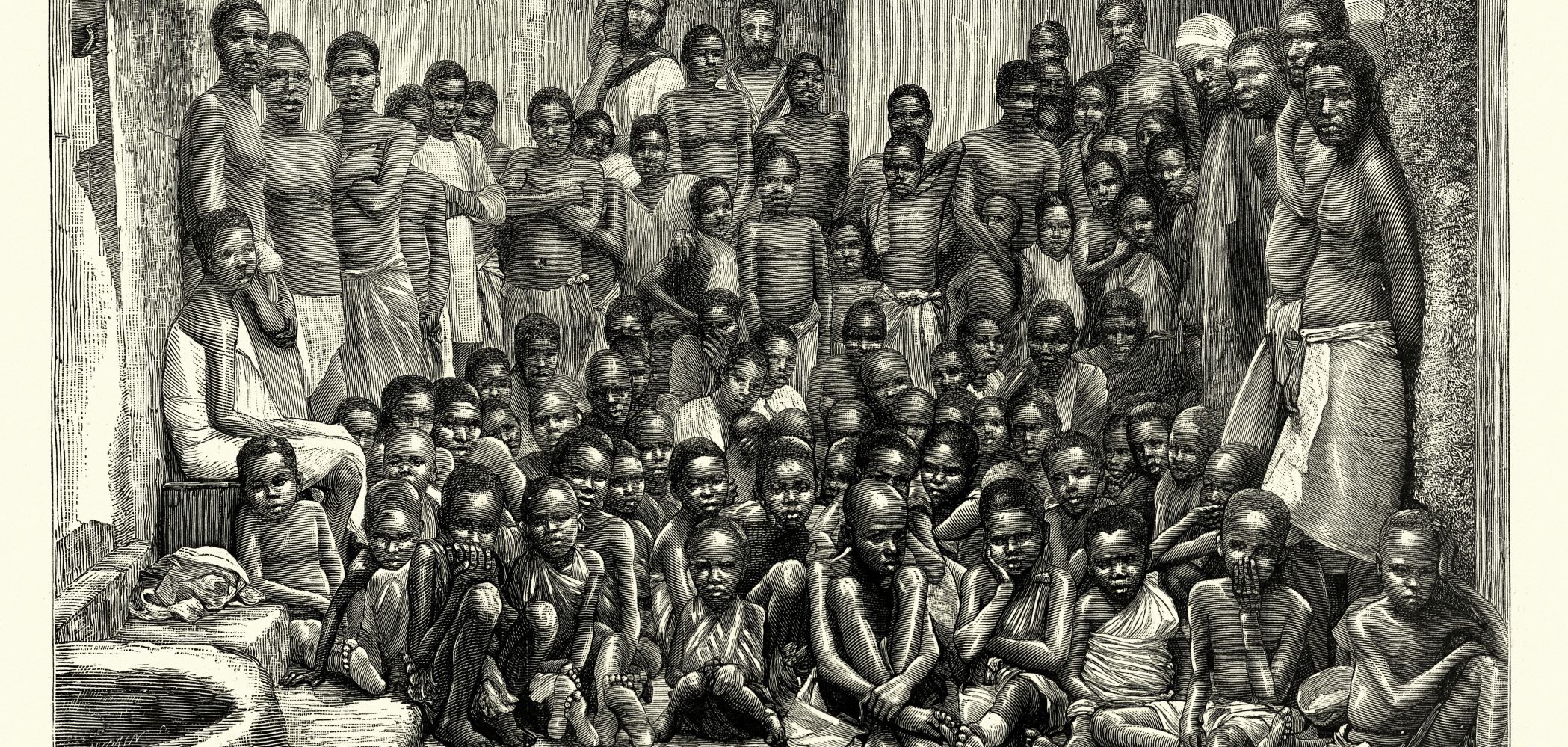‘Action not words’
Gender pay gap data published by large companies each year could be riddled with errors, according to new research.
More than 500 companies most definitely made errors in their gender pay gap reporting, while about 1,000 additional reports were marked as suspicious in a new analysis by the Royal Statistical Society (RSS) which was highlighted today (April 23) by the Times.
The research comes one year after the government introduced new legislation that requires companies or organisations with more than 250 employees to publish gender pay gap data in an effort to close the gap.
From the more than 10,000 submissions submitted by companies on April 4 publishing data over the last year, the gender pay gap stood at an average of just under 10 per cent. But the RSS highlighted the gap may be wider since up to about 15 per cent of submissions could be incorrect.
Common errors the RSS found in pay gap data included companies miscalculating the median average. Others entered the same data for last year and this year, while others made mistakes with income quartiles.
One example of incorrect gender pay gap reporting highlighted by the RSS was the pub retailer Greene King, which employs nearly 40,000. The company reportedly incorrectly submitted its pay quartile data, which showed that the people in the highest paid positions at the firm were mostly women.
The Cleveland police force was identified as having botched its calculations of median average pay for the second year in a row. The force claimed it had no gender pay gap when it published only a median average of hourly pay rates, instead of the median average rates separately for men and women.
The RSS said the issue could be rectified by clearer government guidance and companies being given more training and support.
Nigel Marriott, a fellow of the RSS, told the Times, “People working in HR and payroll departments are largely left on their own to figure out the calculations, even though many of these staff will never have had statistics training.
“It doesn’t help that the government’s own guidance on its website is very ambiguous.”
Unite national officer Siobhan Endean said that the latest reports of data inaccuracies highlighted the limits of pay gap reporting that lacks an enforcement mechanism.
“To close the gender pay gap we need action not words. Gender pay gap reporting as it stands now is little more than a â€name and shame’ exercise if it isn’t backed up with proper enforcement. What’s more, it’s only a requirement for companies with 250 employees or more — if we want real transparency it should apply equally to all firms.”
“To implement real change, all employers should be forced to carry out detailed pay audits and take action on any disparities they find. We know from the equal pay audits Unite and other unions have negotiated with employers that they make a real difference – it’s time they were made mandatory.”
Endean added that closing the gender pay gap once and for all will also require sectoral and collective bargaining, a real Living Wage across all jobs, and more quality apprenticeships to encourage women into science and engineering.
“Closing the pay gap is a complex problem but it can be achieved,” she said. “We just have to tackle it from every direction, and that’s precisely what Unite has been campaigning for.”
 Like
Like Follow
Follow


